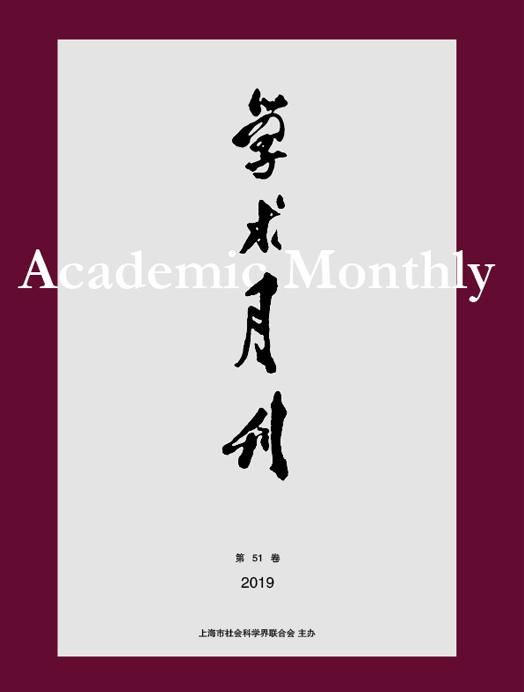Informal Institutions and North-South Economic Gap in China
- Available Online: 2023-03-20
Abstract: This paper discusses the fact that the regional economic gap between the North and the South has expanded rapidly since the 2010s with the data of GDP, individual income tax, R&D input and patent output, and the fourth economic census data. The differences in industrial structure transformation, economic growth mode transformation, innovation ability and other aspects are just the manifestation of the widening economic gap between the North and the South, which cannot fully explain why the gap has widened. The difference in the influence of the informal institution with the Confucian culture as the core in the South and the North is the profound root of the widening economic gap between the South and the North. The profundity and path dependence of the influence of the Confucian culture make the North’ economic development speed and quality relatively lag behind the South in terms of the market economy system reform, the economic growth mode, the innovation system and ability, opening awareness, equal competition awareness, legal system and scientific awareness. The smaller difference in concept and consciousness will be magnified in the process of regional competitive economic development. As a big country, China needs to pay attention to the trend of widening the economic gap between the North and the South from an economic and non-economic perspective.




 沪公网安备 31010102003103号
沪公网安备 31010102003103号 DownLoad:
DownLoad: